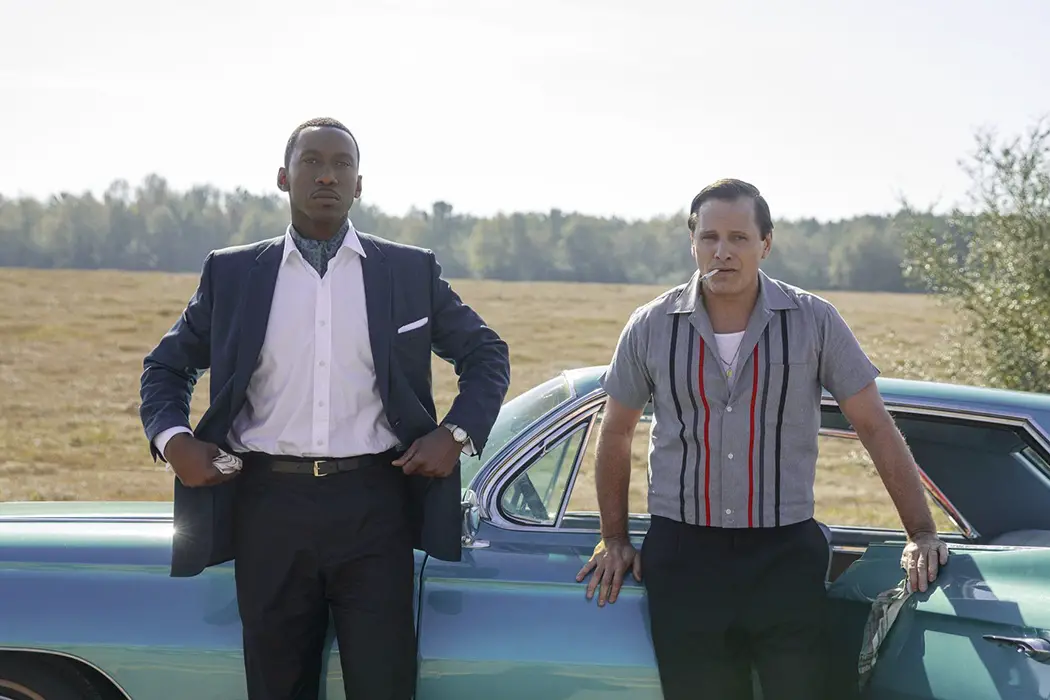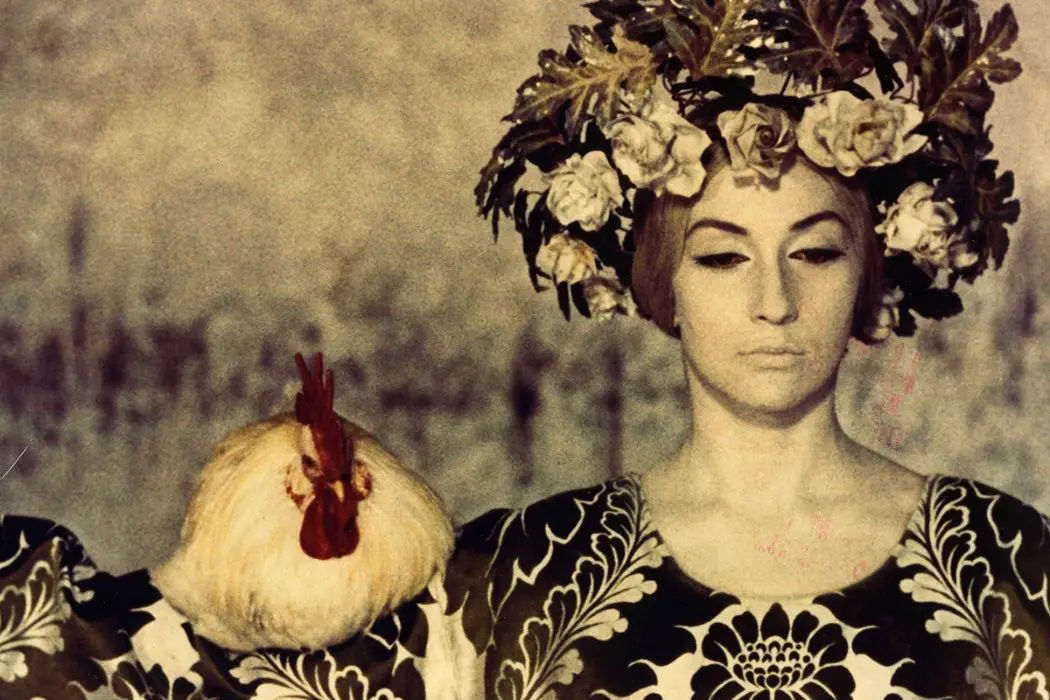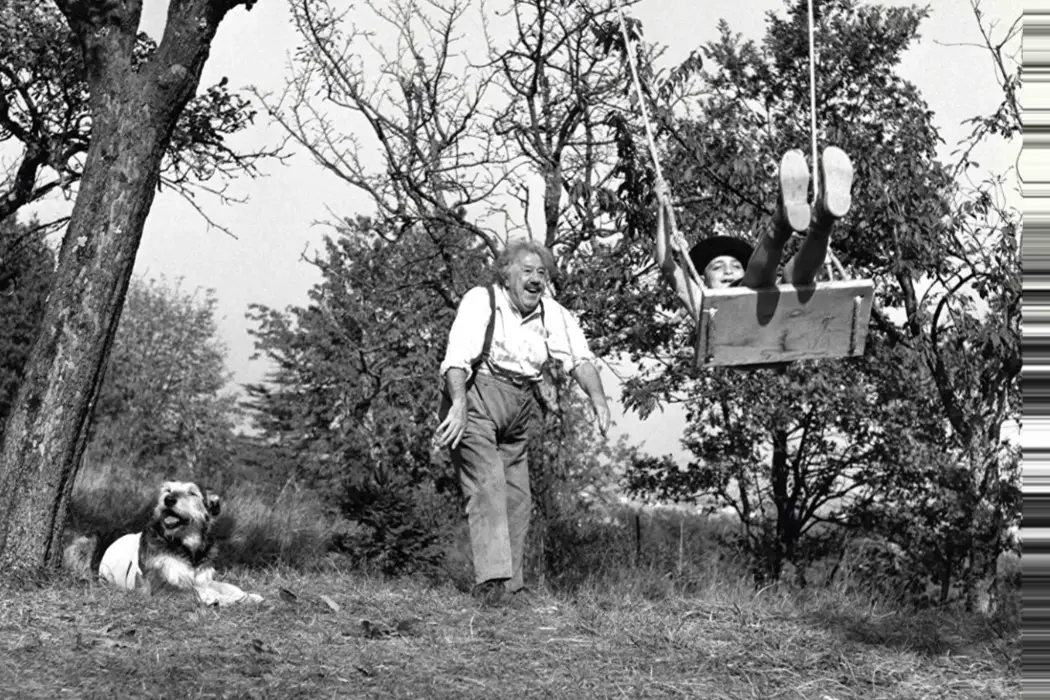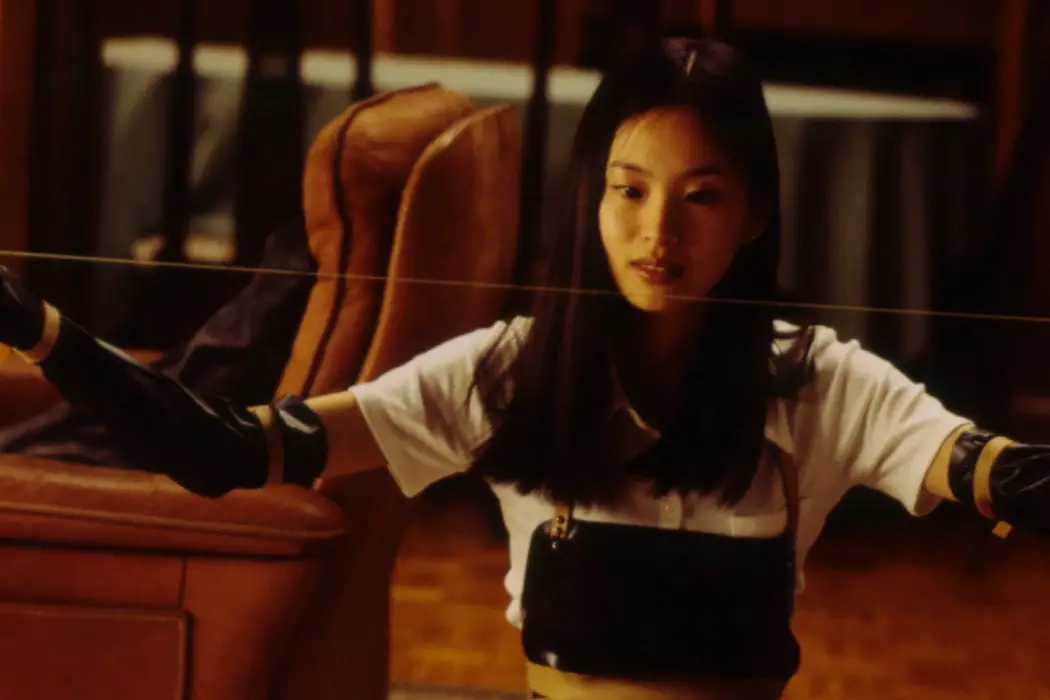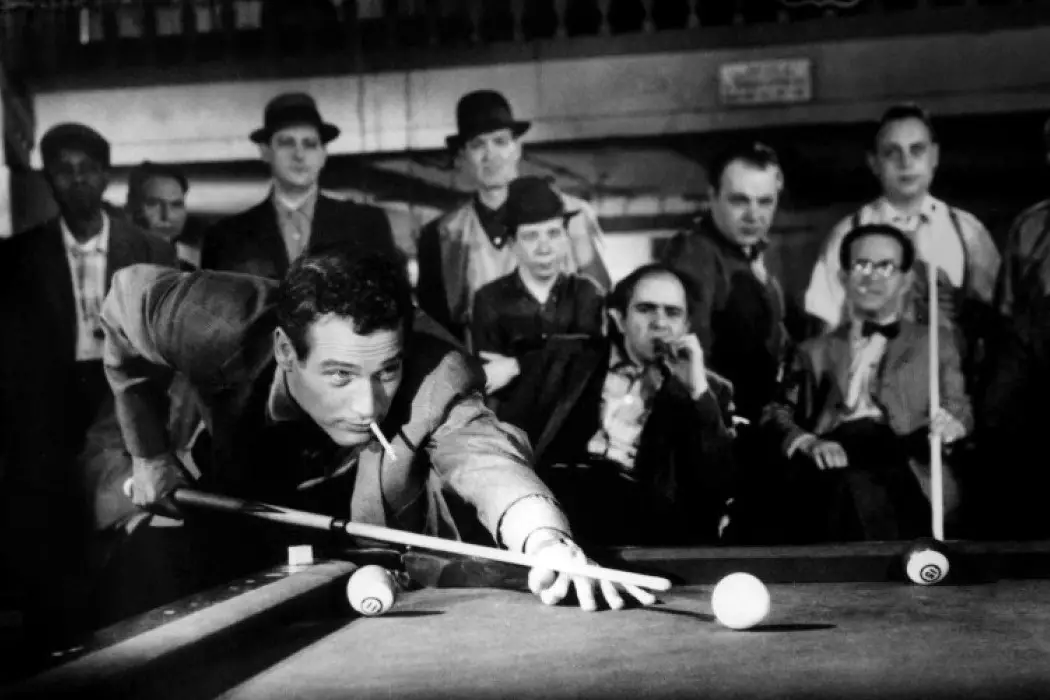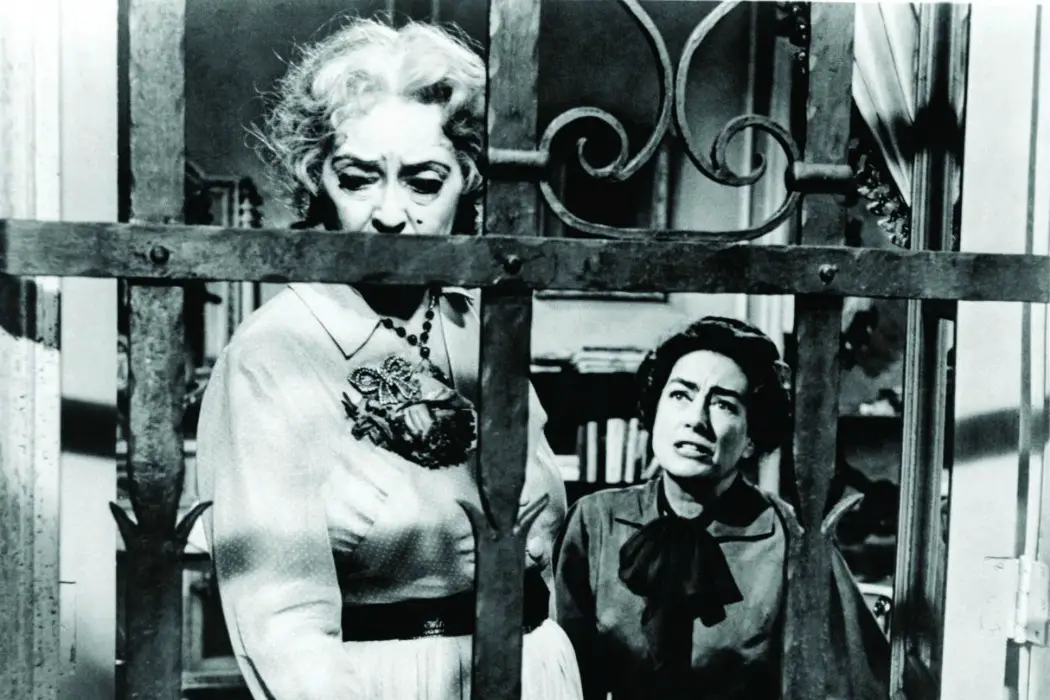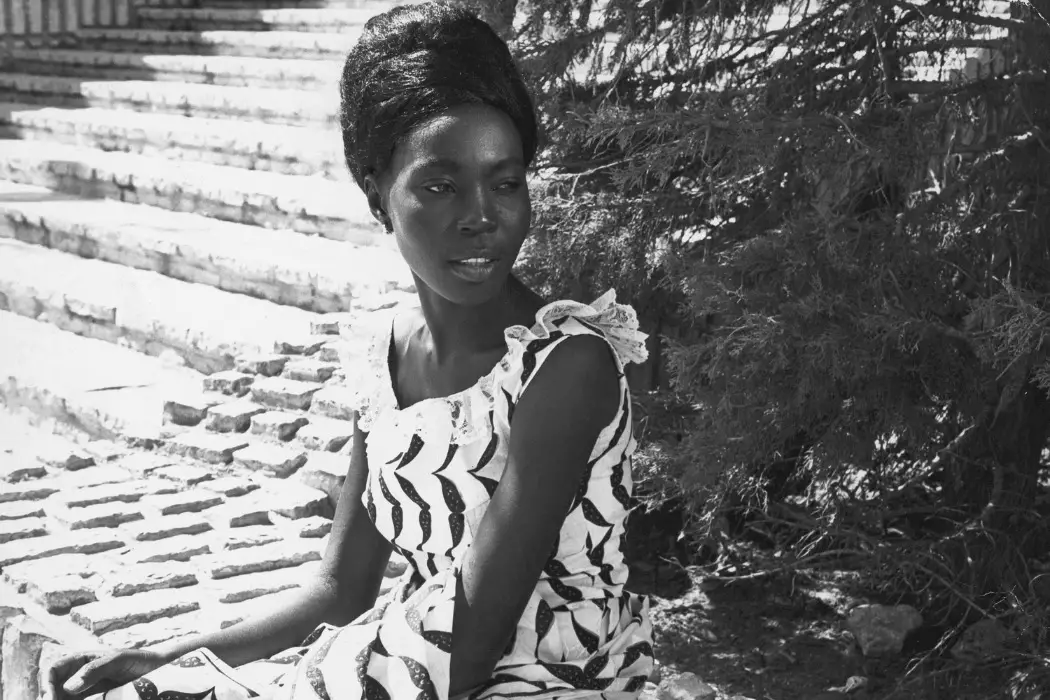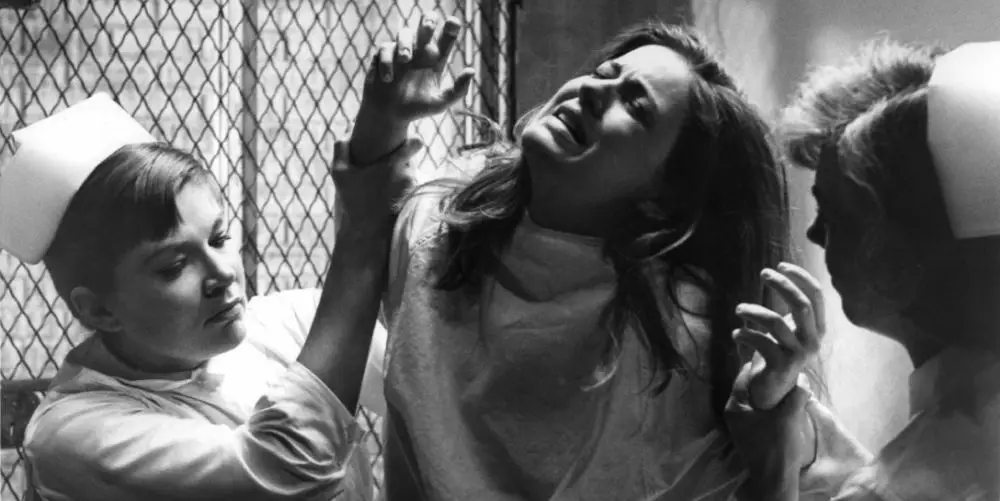1960s
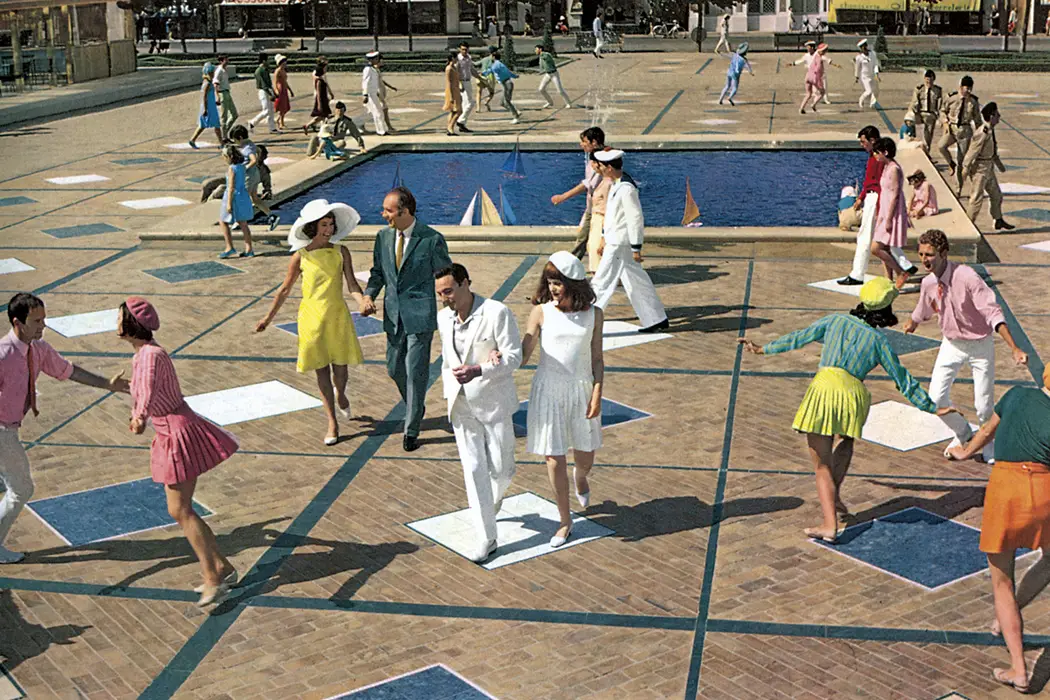
La La Land was one of last year’s big hits, and if you’ve read much about it, you’ve probably heard Jacques Demy cited as an influence. And he should be – not for nothing does the word “parapluies” appear near the place where La La Land’s main character works, a direct shout-out to the French title of Demy’s The Umbrellas of Cherbourg. Of course, it would be a mistake to put too much emphasis on him when La La Land draws on plenty of other influences, including various strains of American musical, Nicholas Ray, Powell and Pressburger, and maybe even Alfred Hitchc*ck.
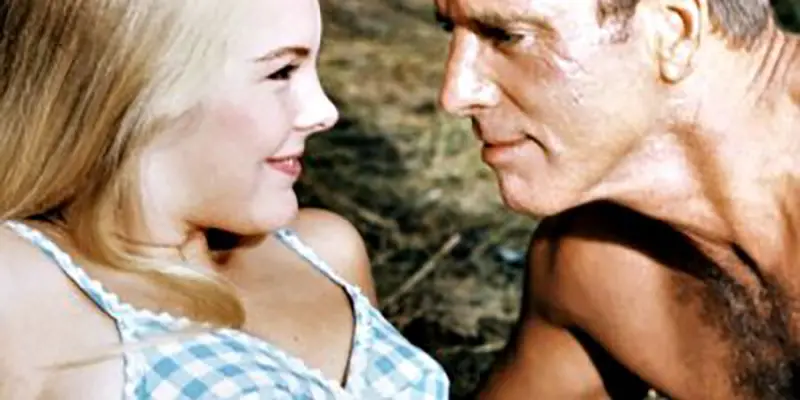
Frank Perry ’s 1968 film The Swimmer is adapted at length from the 12-page short story of the same name by famed American author John Cheever . It is the story of Ned Merrill (perhaps the finest performance of Burt Lancaster ’s impressive career), whose summer culminates in a trip through various neighbours’ pools until reaching his own home at the end of a large and affluent county of mansions. Only, what starts as a summer begins to feel as if it goes on for years.
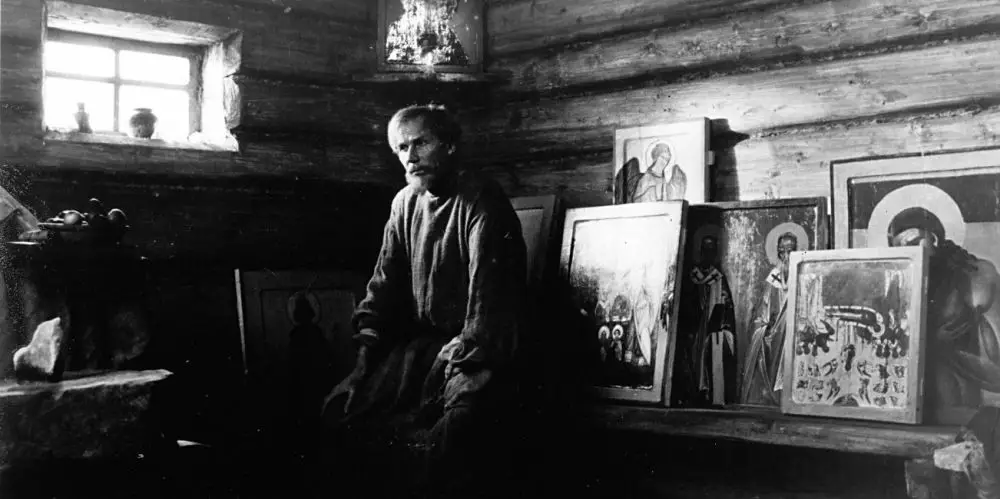
For Russian director Andrei Tarkovsky, the artist was inextricably joined to his society, both its benefits and its ills. Tarkovsky defined these colloquies between society and an individual artist as “dialectics of personality.” In other words, individual development was indefinably caught-up within personal and distant interactions with a society.


